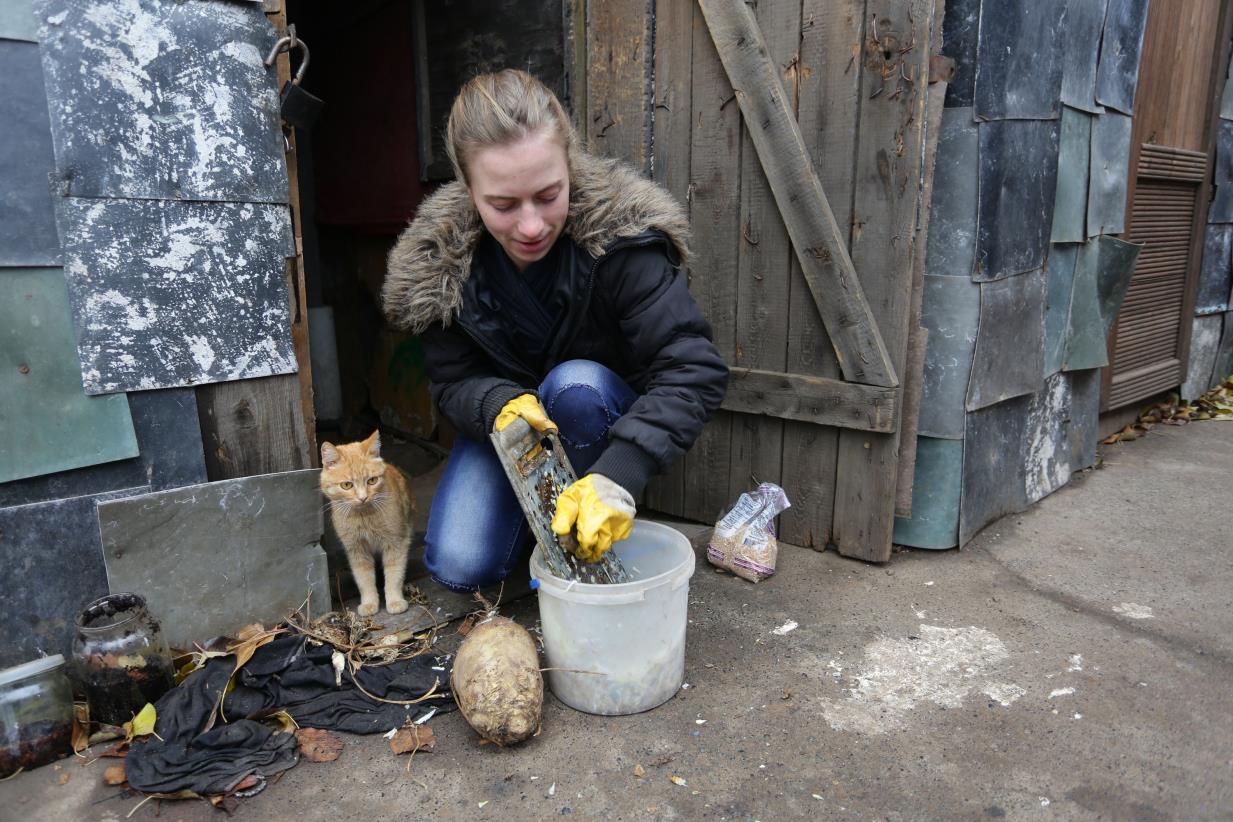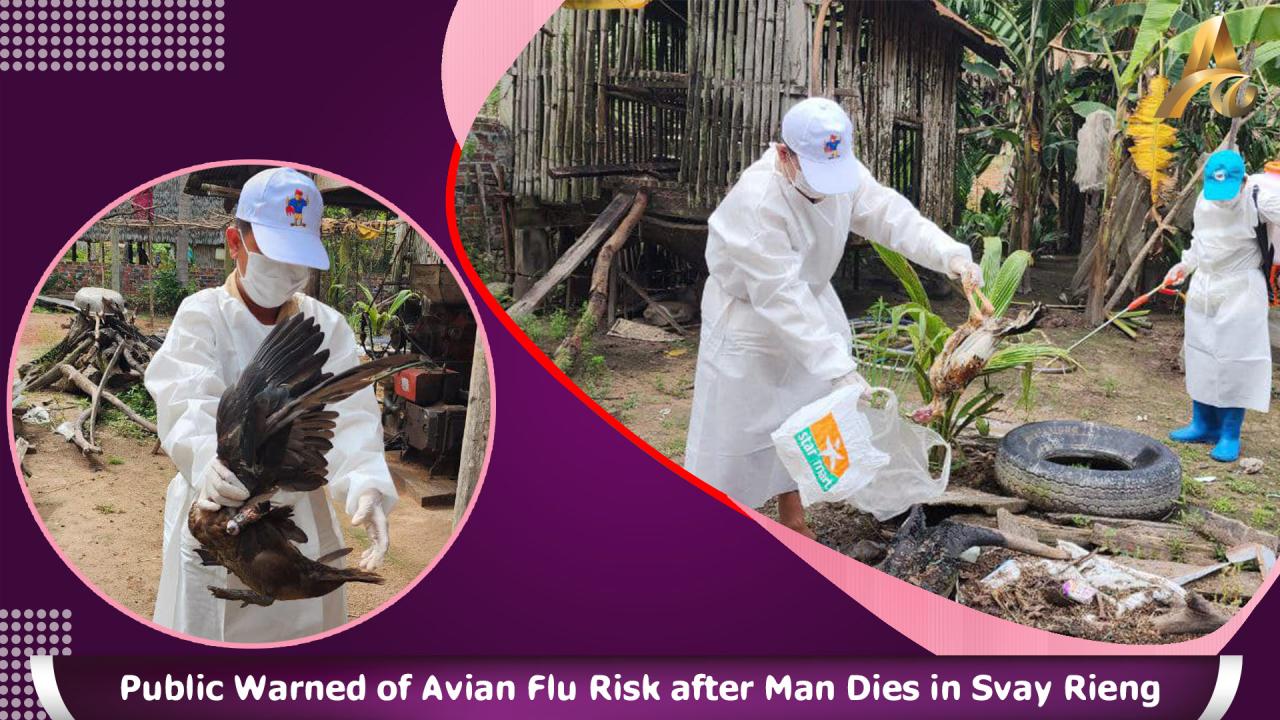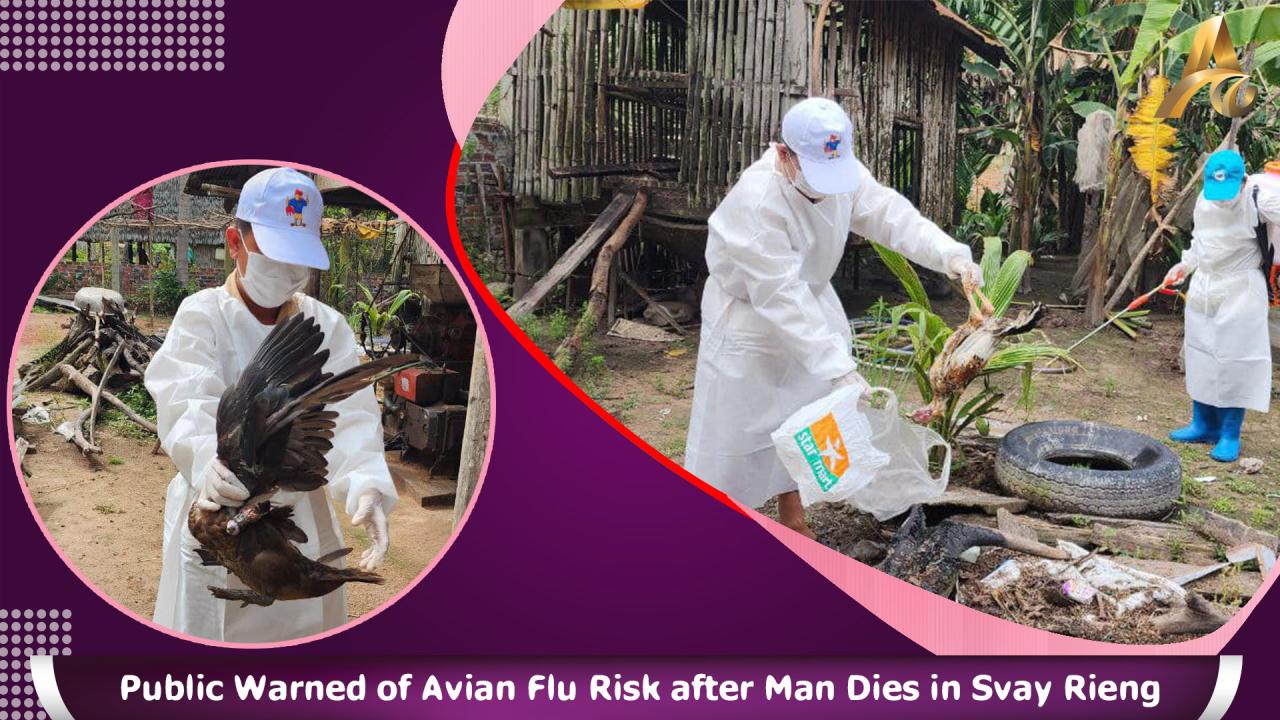Oregon avian flu cat death prompts nationwide raw pet food recall. This shocking event highlights the devastating consequences of avian flu outbreaks and the interconnectedness of animal health, public safety, and the pet food industry. A cat death linked to avian flu triggered a massive recall of raw pet food across the nation, raising concerns about food safety and the potential for human infection.
This situation underscores the importance of understanding avian flu transmission pathways and implementing robust biosecurity measures.
The outbreak in Oregon impacted various bird species, with the virus potentially spreading to cats through contact with infected birds or contaminated environments. Symptoms in affected cats included respiratory distress and high mortality rates. The recall targeted specific brands of raw pet food suspected of being contaminated with the avian flu virus, prompting investigations into manufacturing practices and food safety protocols.
Public health officials stressed the importance of hand hygiene and avoiding contact with sick birds to minimize the risk of human infection. The incident spurred discussions about the economic impact on the pet food industry, the need for enhanced biosecurity measures, and improved strategies for preventing future outbreaks.
Oregon Avian Flu Outbreak: Impact on Cats and the Pet Food Industry
The recent avian flu outbreak in Oregon, resulting in a cat death and a subsequent nationwide raw pet food recall, highlights the interconnectedness of animal health, public health, and the pet food industry. This event underscores the need for enhanced biosecurity measures and increased public awareness regarding avian influenza and its potential transmission pathways.
Oregon Avian Flu Outbreak Impact

The avian flu outbreak in Oregon reached significant proportions, affecting a wide geographic area and various bird species. Wild birds, particularly waterfowl and shorebirds, were heavily impacted, along with commercial poultry flocks. The virus spread rapidly, likely facilitated by migratory bird patterns and contact between wild and domestic birds. Transmission to cats likely occurred through contact with infected birds or consumption of contaminated materials, including raw pet food.
Cat Death and Avian Flu Connection, Oregon avian flu cat death prompts nationwide raw pet food recall
The death of a cat in Oregon was directly linked to the avian flu outbreak through laboratory testing. The cat exhibited typical avian influenza symptoms, including respiratory distress, neurological signs, and gastrointestinal issues. While the exact mortality rate of cats infected with this specific avian flu strain from this outbreak isn’t publicly available, historical data suggests that avian influenza can be highly lethal in felines.
Raw Pet Food Recall Nationwide
Several brands of raw pet food were recalled nationwide following the confirmed link between the cat’s death and avian flu contamination. The recall was prompted by concerns that the raw pet food contained infected poultry products or was otherwise contaminated with the avian flu virus. Potential contamination pathways included the use of infected poultry in the raw pet food production process, or cross-contamination during manufacturing or handling.
Public Health Implications

While human-to-human transmission of avian influenza is rare, the potential for zoonotic transmission (animal-to-human) exists. Public health recommendations emphasized hand hygiene, avoiding contact with sick or dead birds, and proper handling of raw pet food. A public awareness campaign could utilize social media, public service announcements, and educational materials to highlight these risks and preventive measures. For example, a campaign could use catchy slogans like “Keep Your Pets and Yourself Safe from Avian Flu” coupled with infographics illustrating proper handwashing and food safety practices.
That Oregon avian flu cat death really shook things up, leading to a huge raw pet food recall. It’s a serious reminder to check your pet’s food carefully. Meanwhile, over in the soccer world, I saw that Brighton 0-0 Brentford: Julio Enciso misfires in stalemate at the Amex was a pretty dull match, a stark contrast to the drama unfolding in the pet food industry.
So, yeah, back to that recall – make sure you’re aware of the affected brands!
Impact on the Pet Food Industry

The nationwide recall significantly impacted the pet food industry, leading to financial losses for affected companies and potential disruptions in supply chains. The incident prompted a review of safety protocols across the industry, highlighting the need for rigorous quality control measures throughout the raw pet food production process. Some manufacturers may have implemented stricter sourcing practices and enhanced sanitation procedures to mitigate future risks.
| Brand | Recall Date | Affected Products | Notes |
|---|---|---|---|
| Brand A | MM/DD/YYYY | Specific product names and lot numbers | Details about the recall |
| Brand B | MM/DD/YYYY | Specific product names and lot numbers | Details about the recall |
| Brand C | MM/DD/YYYY | Specific product names and lot numbers | Details about the recall |
| Brand D | MM/DD/YYYY | Specific product names and lot numbers | Details about the recall |
Future Prevention Strategies
Preventing future avian flu outbreaks requires a multi-pronged approach focusing on biosecurity, surveillance, and public education. Improved biosecurity measures on poultry farms, including enhanced sanitation protocols and stricter control of bird movement, are crucial. Reducing the risk of avian flu transmission to cats and other animals involves minimizing contact with wild birds and ensuring safe handling and storage of pet food.
Veterinary Response and Treatment
Veterinarians played a critical role in diagnosing and managing avian flu cases in cats. Treatment options for infected cats are limited and primarily focus on supportive care, such as managing symptoms and providing respiratory support. Early detection and prompt veterinary intervention are crucial for improving the chances of survival.
- Respiratory distress (coughing, sneezing, difficulty breathing)
- Neurological signs (lethargy, weakness, tremors)
- Gastrointestinal issues (vomiting, diarrhea)
- Fever
- Loss of appetite
Illustrative Example of Avian Flu Transmission
Imagine a scenario where a cat owner purchases raw chicken-based pet food from a brand later implicated in the recall. The raw food, unknowingly contaminated with avian flu virus, is stored improperly at room temperature. The cat consumes the food. The virus in the raw food infects the cat through ingestion, leading to the development of avian influenza symptoms.
That Oregon avian flu cat death? It’s prompted a huge raw pet food recall, reminding us how important pet food safety is. It’s a bit like discovering unexpected connections, such as the ones detailed in The Surprising Star Wars Connections & Cameos in Hook , where hidden details reveal surprising layers of meaning. So, check your pet food; you wouldn’t want a similar unexpected surprise involving your furry friend!
Comparison of Avian Flu Strains
Different avian flu strains vary significantly in their virulence and transmissibility. Some strains are highly pathogenic and cause severe illness, while others are less virulent. The specific strain involved in the Oregon outbreak and its characteristics compared to other strains would require detailed epidemiological analysis and laboratory testing results from the relevant authorities.
That Oregon avian flu cat death really shook things up, prompting a huge raw pet food recall nationwide. It’s a serious reminder about food safety, and honestly, sometimes I need a break from such heavy news. So, for a bit of levity, check out this article about The Surprising Star Wars Connections & Cameos in Hook ; it’s a fun distraction.
Then, back to the pet food recall – let’s all be extra careful about what we feed our furry friends.
Summary
The Oregon avian flu outbreak and subsequent nationwide raw pet food recall serve as a stark reminder of the potential dangers of zoonotic diseases and the critical role of food safety in protecting both animal and human health. The incident spurred vital discussions about improved biosecurity measures in poultry farming, stricter regulations for raw pet food production, and enhanced public awareness campaigns to educate pet owners about avian flu risks and preventative measures.
The long-term impact will likely involve changes in manufacturing practices, stricter regulations, and a heightened focus on the prevention and control of avian influenza to minimize future risks.
Frequently Asked Questions: Oregon Avian Flu Cat Death Prompts Nationwide Raw Pet Food Recall
What are the symptoms of avian flu in cats?
Symptoms can include respiratory issues (coughing, sneezing, difficulty breathing), lethargy, loss of appetite, neurological signs (tremors, weakness), and potentially death.
Can humans get avian flu from infected cats?
While direct transmission from cats to humans is less common than from birds to humans, it’s still possible. Maintaining good hygiene practices is crucial.
What should I do if I suspect my cat has avian flu?
Contact your veterinarian immediately. Do not handle your cat without appropriate protective gear.
Are all raw pet foods recalled?
No, only specific brands and batches of raw pet food implicated in the outbreak were recalled. Check the FDA website for a complete list.
What are the long-term effects of this outbreak on the pet food industry?
Expect increased scrutiny of raw pet food production, stricter safety regulations, and potentially higher prices due to increased production costs.
